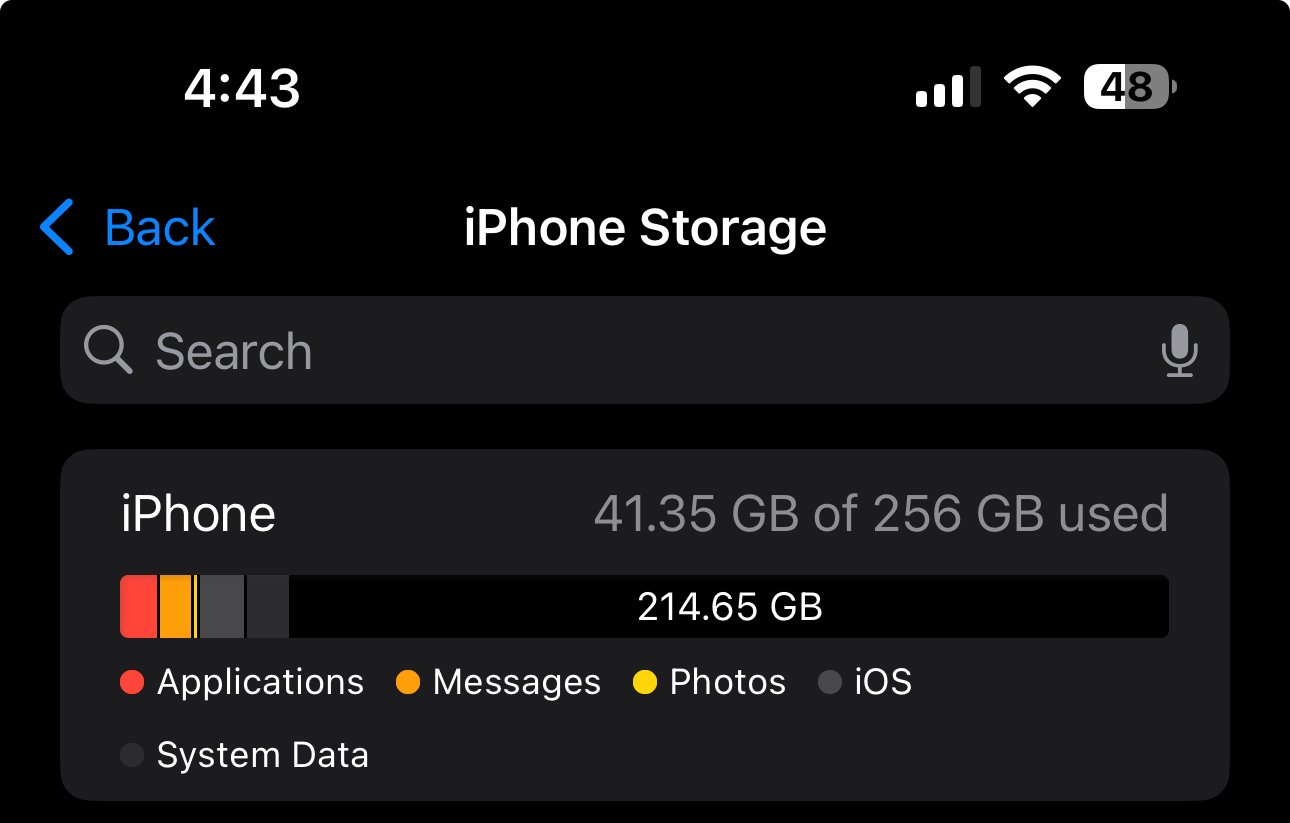

The Free Press. (They are a monthly subscription) Journalists who left the New York Times. I find most of their articles to be refreshing and insightful. They seem to be truly middle-left for American politics. They don’t try and feed on outrage to gain clicks. You’ll find less low hanging fruit like Trump rage-bait, and provide more thoughtful, unbiased reporting like NPR used to back in the day. I learned about them from an article where a right-leaning NPR editor did an interview with them about lack of balance at NPR and was subsequently fired for his views. As someone who’s listened to NPR for decades It really hit home as I listened to it happen over the years in real time. I value balance over the unchecked shift to one side or the other. I really enjoy the Friday editorial newsletter, TGIF. The humor is a good way to wrap up the week.
If I have one complaint it’s that the stories skew Israel/Jewish heavy, but given that the founder is Jewish. I understand why and can forgive it. They have plenty of good talent working other stories so there is always a good read.





How considerate of them. I don’t expect the whiney asses who’ve been bitching and lying for the last eight years to stop regardless of who wins. What will they do without their core personality trait?